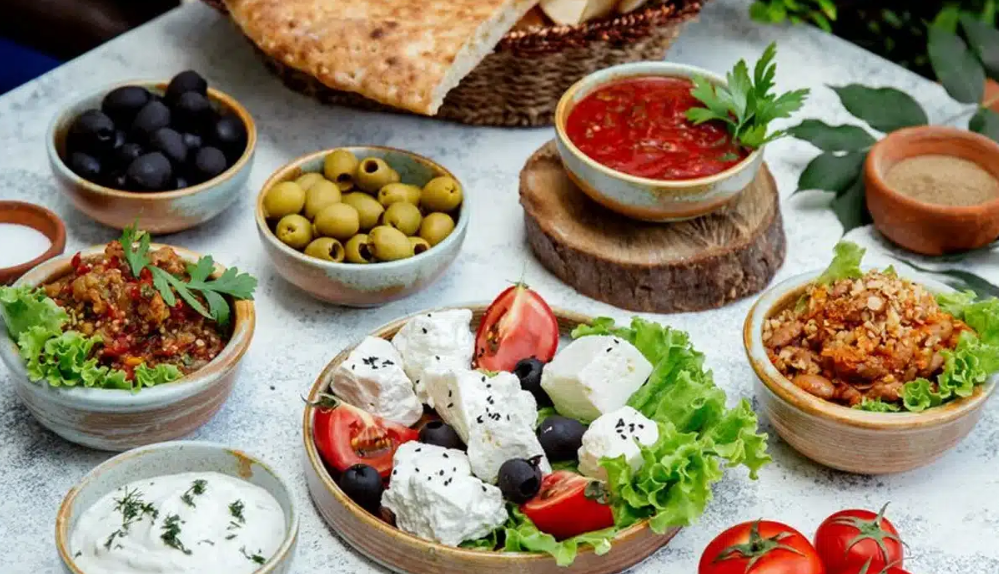Çebiti, a traditional Turkish stew, stands as a testament to the rich culinary heritage of Turkey. This heartwarming dish, usually prepared with tender lamb or beef, is a symphony of flavors and aromas. Enriched with vegetables like carrots, celery, and eggplant, and seasoned with onions and garlic, çebiti offers a comforting and wholesome experience. Let’s embark on a culinary journey to uncover the secrets of this beloved stew and its place in Turkish cuisine.
The History and Cultural Significance of Çebiti
Rooted in the Ottoman era, çebiti has evolved through centuries, reflecting the social and cultural dynamics of Turkey. Originally a dish for the cold winter months, it symbolizes warmth and communal sharing. In this section, we delve into its origins, historical evolution, and why çebiti’s is more than just a meal, but a cultural icon.
Ingredients and Variations
No two çebiti recipes are identical. This variation showcases the diversity of Turkish regional cuisines. We will explore the essential ingredients of çebiti’s, such as lamb, beef, onions, garlic, and a medley of vegetables, and how regional differences influence its preparation and taste.
Cooking Techniques: Mastering Çebiti
The art of cooking çebiti lies in its slow-cooking process, which ensures the flavors are thoroughly infused. This section offers step-by-step guidance on preparing çebiti, emphasizing the importance of timing and temperature in achieving that perfect stew.
Health Benefits: Nutritious Aspects of Çebiti
Beyond its delightful taste, çebiti’s is a powerhouse of nutrition. Rich in proteins from lamb or beef and packed with vitamins from the vegetables, it’s a well-rounded meal. Here, we examine the health benefits of çebiti’s key ingredients and how it contributes to a balanced diet.
Pairing with Other Dishes
A meal in Turkey is about the harmony of flavors. We’ll explore what dishes complement çebiti, considering both traditional and innovative pairings, to enhance your dining experience.
Serving and Presentation: The Art of Plating Çebiti
Presentation is key in Turkish cuisine. This section provides tips on serving çebiti’s, from traditional earthenware to modern plating techniques, ensuring that it’s not just delicious but also visually appealing.
Çebiti in Turkish Festivals and Celebrations
Çebiti is often the centerpiece at various Turkish celebrations and festivals. We’ll look at how is incorporated into these events, symbolizing hospitality and generosity.
Personal Experiences: Stories Behind Çebiti’s
Here, individuals share their personal stories and memories associated with çebiti’s, illustrating its impact on family gatherings and community bonding.
Modern Twists: Fusion and Innovation in Recipes
The modern culinary scene has seen innovative takes on traditional çebiti, infusing it with new flavors while respecting its essence. This section showcases some contemporary recipes that blend tradition with creativity.
Conclusion
In conclusion, çebiti is more than just a stew; it’s a culinary heritage that brings people together. Its rich flavors, nutritious ingredients, and cultural significance make it a timeless dish, cherished in Turkish cuisine and beyond.
The article explores in its entirety, from its history to modern adaptations, infusing the narrative with personal experiences, nutritional insights, and culinary tips. The use of simple English, colloquial expressions, and a conversational tone makes it engaging and informative, suitable for both culinary enthusiasts and casual readers. The structure, with diverse headings and sub-headings, ensures a comprehensive and enjoyable reading experience.

